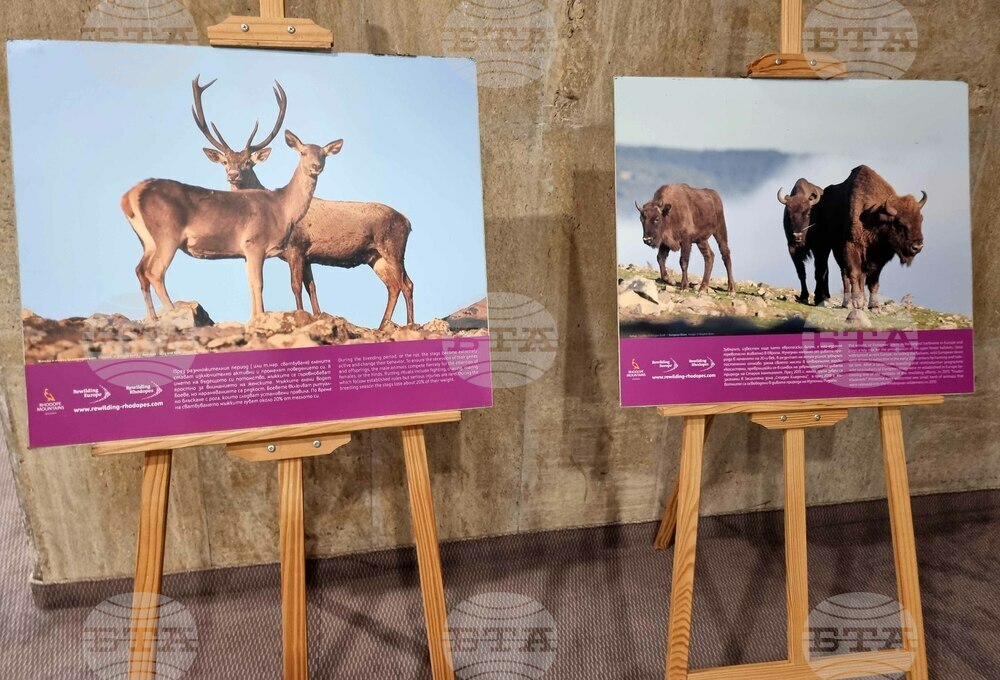site.btaOver 1,000 Rare Animals Released in Rhodope Rewilding Area in 10 Years


In the last ten years, in the Eastern Rhodopes area covering parts of the regions of Kardzhali and Haskovo, more than 1,000 red and fallow deer have been released back into the wild and a herd of almost 20 bison has been created, Rewilding Rhodopes Foundation team leader Andreana Trifonova said here on Thursday. She was speaking at a two-day conference on the occasion of the Foundation's 10th anniversary.
Data show that the restoration of red and fallow deer in the Eastern Rhodopes is the most large-scale reintroduction of deer in Bulgaria in the last 50 years, and it continues to grow.
The last ten years have also seen the restoration of the population of the endangered black vulture, which is an addition to the Griffon and Egyptian vultures inhabiting certain places in the area. According to Trifonova, observations of the black vulture indicate that there is potential for the first sustainable pair.
Trifonova also recalled the recovery of the wild (Tarpan) horse, which was once widespread in Europe, and added that from thirty imported and released individuals, there are now about 100.
"It is very important to say that we are not just restoring a species. We are actually, by restoring the population of these species, managing to contribute to maintaining the natural character of the vegetation in the area and thus supporting natural processes," Trifonova said.
"The Eastern Rhodopes is actually a place where we observe representatives of all levels of the food chain, which means that we have a complete cycle of species. We have large herbivores, carnivores and scavengers, respectively, that feed on each of these levels. In very few places in the Rhodopes can you see something like this," Trifonova underscored.
A key factor for the success of biodiversity restoration efforts in the Eastern Rhodopes is the active involvement of the local community. The Foundation works in close cooperation with the local people, Trifonova underscored. Local hunters, entrepreneurs and residents are actively involved in various species recovery initiatives and support the sustainable development of the area.
The Foundation promotes the development of sustainable tourism based on the rich biodiversity. This includes the creation of a network of local businesses and entrepreneurs to offer integrated nature-related services and products. "We aim to show that nature and people can live in harmony, bringing economic and social benefits to all," Trifonova noted.
/NZ/
Additional
news.modal.image.header
news.modal.image.text
news.modal.download.header
news.modal.download.text
news.modal.header
news.modal.text



